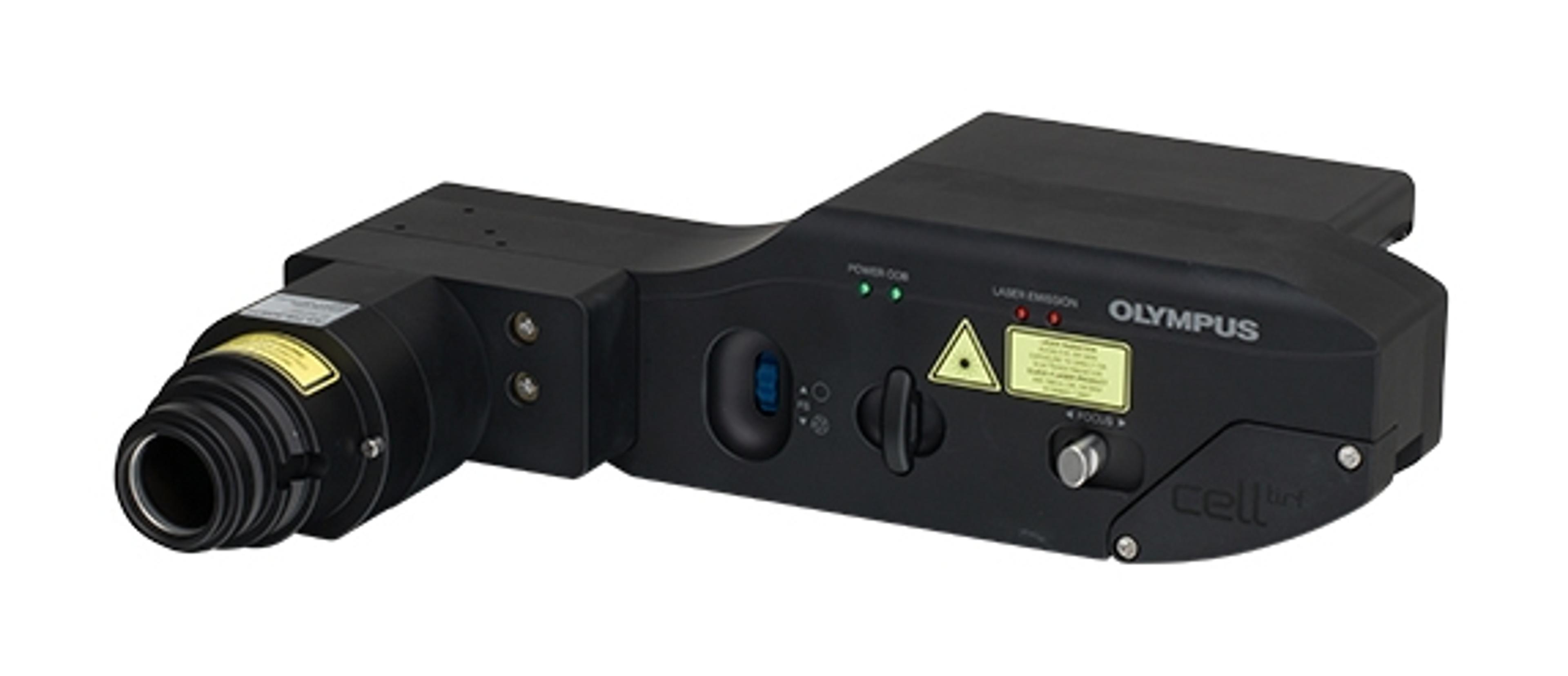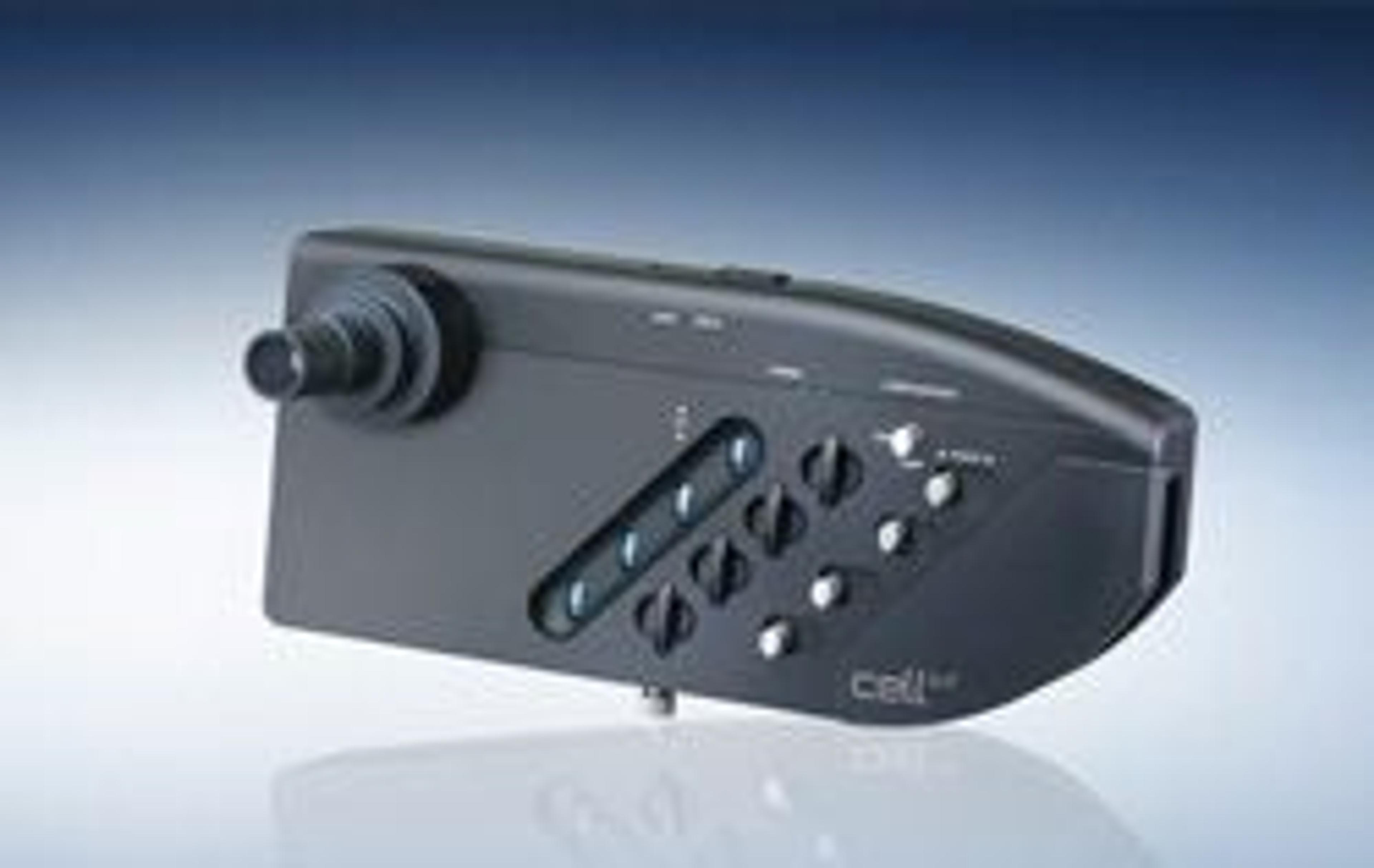Expanded Olympus cellTIRF Family Offers Unmatched Optics, Laser Control and Accuracy
16 Aug 2015
The recently expanded Olympus cellTIRF family represents the latest technology in advanced TIRF solutions - with a series of unmatched features that includes highly advanced optics, unique independent laser control and exceptional accuracy.
cellTIRF illuminators provide a series of features for precise imaging with effortless control. The systems provide ultra-sensitive, truly simultaneous multi-colour TIRF microscopy, with up to 4 laser channels and independent beam paths. The range is fully compatible with the innovative modular IX3 series of inverted microscope frames which enable the creation of bespoke systems via interchangeable optical modules and accessories. The cellTIRF illuminators also seamlessly integrate into Olympus cellSens software for fast and flexible visualisation of intracellular molecular events with exceptional speed, sensitivity and resolution.
An economic one-line illuminator (cellTIRF-1L) complements the high-end, 4- and 2-line (cellTIRF MITICO 4L/2L) illuminators, allowing users to optimise their setup. Ideally suited for use with laser combiners, the cellTIRF-1L with motorized TIRF angle control offers cost-effective flexibility for system builders. The new illuminator can also be used with 3rd party lasers and enables multi-fluorescence samples to be sequentially imaged at the same penetration depth.
By matching quality optics with high-end motorized TIRF devices, Olympus offers a system that enables easy access to super-resolution microscopy, performed using single-molecule localization techniques. Available objectives include the world’s highest numerical aperture, APO 100X OHR (NA – 1.7), for extreme TIRF angles, and the UAPON 150xO TIRF, which combines extreme magnification and high numerical aperture (1.45) with a correction collar and DIC compatibility.
Features:
- Highly advanced optics
- Cost-effective flexibility with a choice of laser lines
- High-speed independent control of penetration depth and laser lines via the
- Olympus Real-Time Controller (RTC)
- Ease of use with cellSens software control
Applications:
- Live cell imaging and molecular studies
- Investigation of molecular interactions at or near the cell surface
- Co-localization studies
- Observation of single molecule fluorescence at surfaces/interfaces


